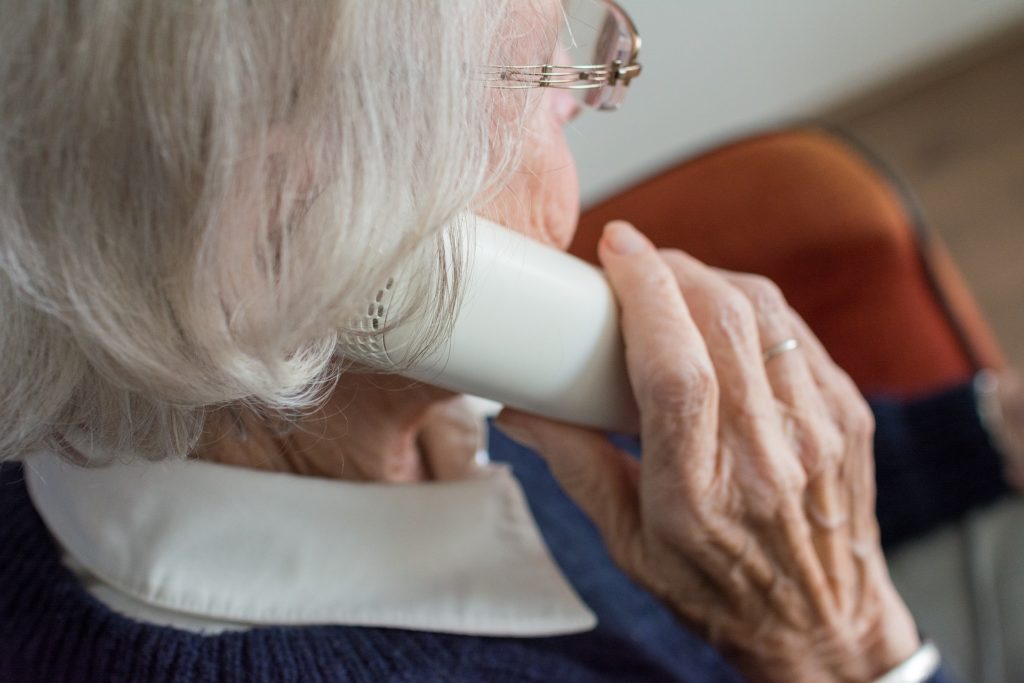4 Simple Home Hacks to Make Life Easier for those with Alzheimer’s

For individuals with Alzheimer’s disease, the home should be a safe sanctuary that can be easily adaptable as needs change. Due to the increased risk of injuries at home, steps must be taken to create the most comfortable and safe environment. We’ve put together four easy hacks to simplify life at home.
Analyze the Home
The first step you need to take is to assess the state of the home in question. Take note of the house’s layout, anything that may need to be repaired, and other possible areas of concern. It’s important to go room by room to assess potential household hazards. Pay close attention to bathrooms, laundry rooms, and garages, as this is where more serious dangers can hide. For example, medication, laundry detergent, and lawn care tools are all serious home hazards that should be handled with care. Come up with a plan to limit these household dangers and implement extra safety precautions. Utilizing locks or safes to keep hazards out of reach can help keep your loved one away from possible harm. Next, you’ll want to create a list of what needs to be modified in the home. Fixing narrow hallways, steep stairs, and swapping tubs for walk-in showers are all common home upgrades that can be utilized. Once you have a list of what needs to be updated, you’ll need to figure out the best way to obtain these home modifications. While caregivers can do some modifications, others must be done by a handyman or contractor. Consider your budget and long-term goals and go from there. If you find that your list has a lot of expensive home modifications, tap into your home’s equity for some extra cash that can be used towards these expenses. Once you’re done analyzing the home, you can get started on the more simple home hacks to make life easier.
Remove Tripping Hazards
According to the CDC, one out of every four older adults will fall each year in the US. To make life easier for individuals with Alzheimer’s, tripping hazards must be removed. Get rid of throw rugs and unnecessary clutter that may cause a loved one to fall. Also, uneven or broken steps need to be repaired as this can lead to tripping. For an extra layer of protection, add railings and lights on the stairs to ensure as much support as possible. Non-skid mats can be used in the bathroom to ensure the floor isn’t slippery. You can also look into assistive devices such as canes or walkers so your loved one has support when walking around the house. While suffering from a fall is common for seniors, taking precautions in the home can decrease these chances.
Install New Safety Devices

Safety devices are a must when creating a safe environment for a person with Alzheimer’s. Take the time to check out fire alarms and carbon monoxide detectors. Replace old batteries and ensure the safety devices are correctly installed. Caregivers can also look into other safety devices, such as home security cameras. Home security cameras can help give caregivers more peace of mind and confidence that their loved one is safe at home. Cameras can be installed inside and outside the home as an additional safety measure. Some cameras also have a feature where you can engage in two-way communication. This allows caregivers and Alzheimer’s patients to communicate easily, either by video or audio means. By installing safety devices, those with Alzheimer’s can maximize their independence and well-being.
Improve Overall Mobility
In order to keep individuals with Alzheimer’s as independent as possible, mobility in the home needs to be manageable for them. One of the most significant factors when increasing mobility is lighting. By increasing proper lighting, those living with Alzheimer’s can see where they are going and identify certain rooms or areas of the house more easily. To improve mobility in the home, make sure proper lighting is in all walkways and rooms. It can also be beneficial to have ample light outside of the home on all paths and doors. For inside the home, mobility can be improved by keeping the center of all rooms clear and free of clutter to ensure an open walkway from room to room. You can use reflector tape to properly mark hallways and paths, making it easier for them to get around the home. It can also be wise to remove locks to rooms such as the bedroom or bathroom. With locks, you risk the chance of your loved one locking themselves out of rooms which can cause them to become disoriented. The more accessible the home is, the easier it will be for them to get into a daily routine.
Modifications might need to be made to keep the home safe and accessible for those living with Alzheimer’s. By assessing the condition of the home, you can get a better understanding of the state the home is in and what changes need to be made. Simple changes such as limiting tripping hazards, utilizing safety devices, and increasing mobility will all contribute to your loved one living safely at home.